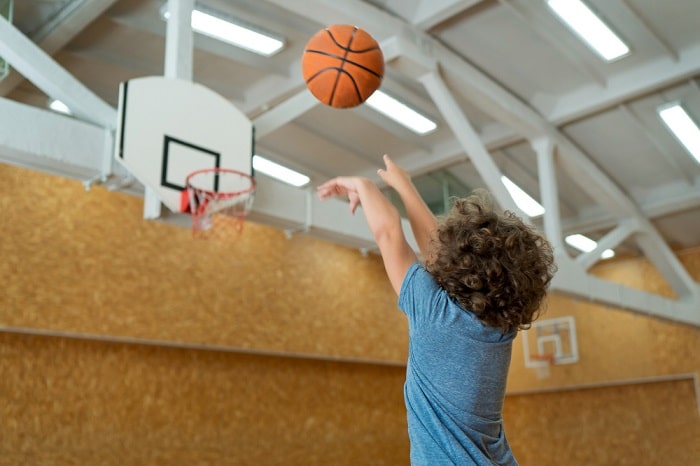Have you ever found yourself marveling at the sheer athleticism and skill displayed by NBA players as they effortlessly sink three-pointers or execute breathtaking dunks? Amidst the excitement of the game, you might have wondered: just how tall are those hoops they're shooting at?
In the world of professional basketball, precision and accuracy are paramount. One of the defining features of any basketball court is, of course, the hoop itself. The NBA (National Basketball Association) has strict regulations in place regarding the height of the hoop, ensuring a standard playing environment across all courts.
So, let's delve into the specifics. How tall are NBA hoops?
The Standard Height
The regulation height of an NBA hoop is 10 feet (or approximately 3.05 meters) above the floor. This measurement remains consistent across all NBA-sanctioned games, whether it's a high-stakes playoff match or a regular season game. This uniformity ensures fairness and consistency in gameplay, allowing players to hone their skills under standardized conditions.
Historical Context
The decision to set the hoop height at 10 feet traces back to the origins of basketball itself. Dr. James Naismith, credited with inventing basketball in 1891, initially used a makeshift peach basket hung at a height of 10 feet in the gymnasium of the International YMCA Training School in Springfield, Massachusetts. As the sport evolved and gained popularity, this height became the standard adopted by basketball associations worldwide.
Impact on Gameplay
The 10-foot hoop height presents both a challenge and an opportunity for players. Shooting accuracy, dunking ability, and defensive strategies are all influenced by this standard height. Players must develop the necessary strength, agility, and technique to effectively navigate the court and score points within the confines of the 10-foot hoop.
For aspiring basketball players, mastering the art of shooting at a regulation-height hoop is a fundamental aspect of skill development. It requires hours of practice, dedication, and perseverance to consistently sink shots from various positions on the court.
Variations and Adaptations
While the NBA maintains a strict adherence to the 10-foot hoop height, other basketball leagues and organizations may adopt slightly different measurements. For example, youth leagues or recreational facilities catering to younger players might lower the hoop height to accommodate their skill level and physical capabilities. Additionally, adaptive basketball programs may modify hoop heights to accommodate players with disabilities, ensuring inclusivity and accessibility within the sport.
Conclusion
In the fast-paced world of professional basketball, where every inch matters, the 10-foot hoop stands as a symbol of consistency and tradition. It serves as a universal standard that transcends boundaries of age, skill level, and competition, uniting players and fans alike in their shared love for the game. So, the next time you watch an NBA game and witness a player soaring through the air for a gravity-defying dunk or draining a clutch three-pointer, remember the significance of that 10-foot hoop looming above – a testament to the enduring legacy of basketball.




